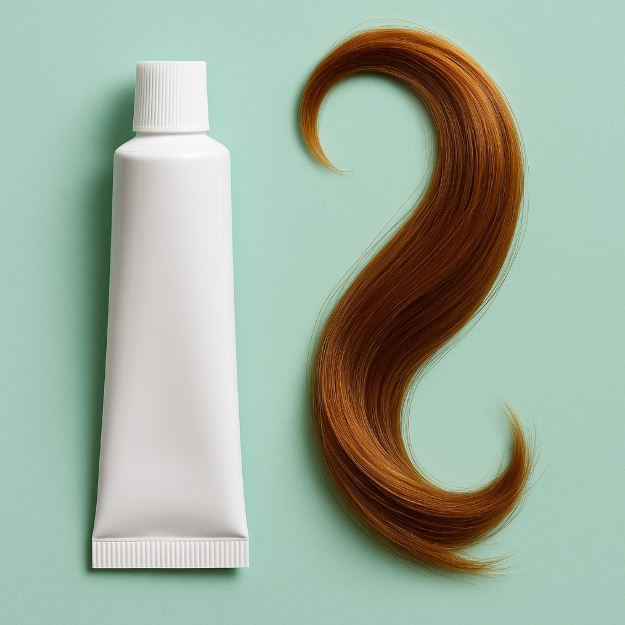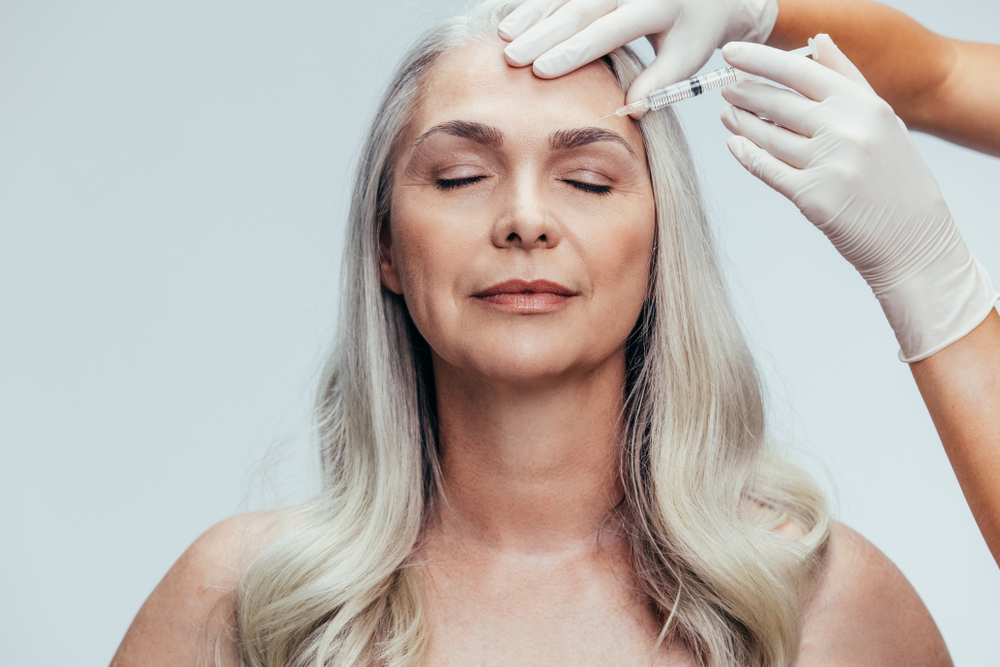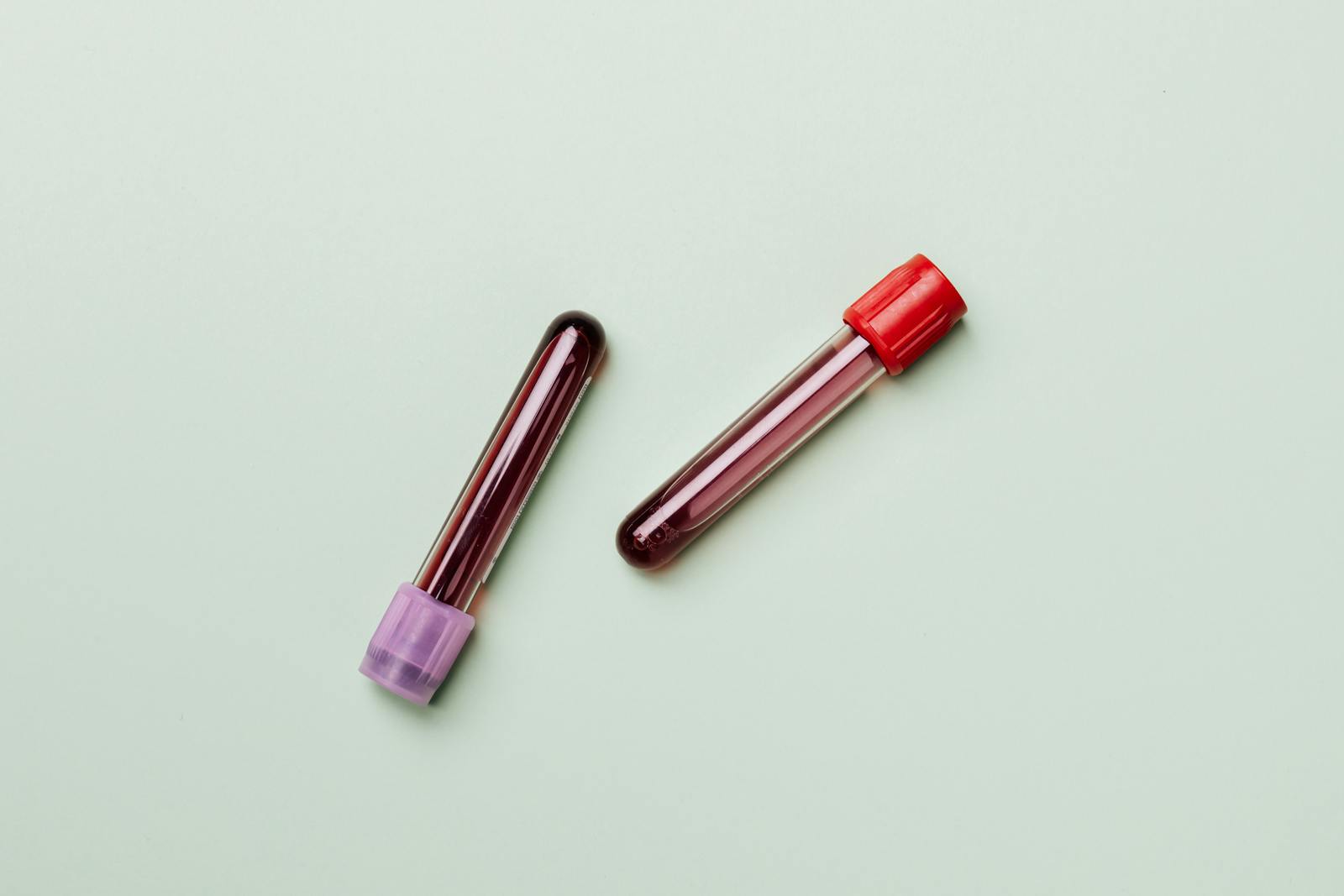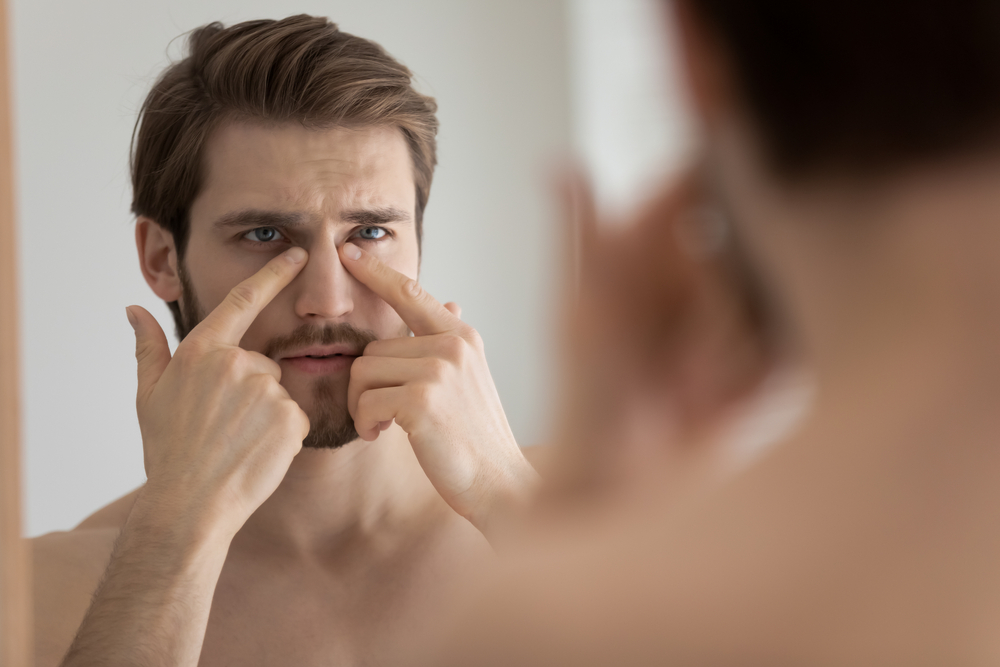Imagine swapping fluoride for hair—yes, hair. Scientists at King’s College London are exploring a groundbreaking, sustainable alternative using keratin—an everyday protein found in hair, skin, and nails—to help repair enamel and ease tooth sensitivity.
Why This Matters
Enamel erosion and decay—caused by acidic foods, aging, and poor oral hygiene—lead to sensitivity, pain, and even tooth loss. Unlike bones, enamel doesn’t regenerate naturally, so once it’s gone, it’s gone for good.
The Science Behind It
King’s College researchers have extracted keratin from animal wool (chemically similar to human hair) and mixed it into toothpaste or a gel. When applied to teeth, it creates a scaffold that attracts calcium and phosphate ions from saliva. This scaffold forms a dense, crystalline, enamel-like layer that protects the tooth and seals nerve channels, reducing sensitivity.
Benefits Over Traditional Treatments
Effective Protection: Unlike fluoride, which slows decay, the keratin layer may actively stop it—and even start to reverse early damage.
Sensitivity Relief: By sealing nerve channels, it helps alleviate pain.
Sustainable & Safe: Keratin sourced from biological waste (like skin and hair) makes it eco‑friendly. It also avoids plastic resins commonly used in dentistry—which can be toxic and less durable. Plus, the keratin coating matches the natural colour of teeth better.
Usage Scenarios
Daily at-home use in toothpaste form.
Professionally applied via a gel—similar to nail varnish—for targeted repairs.
What’s Next?
Keratin-based dental treatments could be on the market in two to three years, according to Dr Sherif Elsharkawy, senior author and prosthodontics consultant at King’s College. Clinical trials, regulatory approval, and commercial development are likely underway.
Cautions and Considerations
Safety Assessments: As with all new dental materials, it’s vital to confirm there are no allergic reactions or adverse effects over long-term use.
Efficacy in Real-Life Conditions: Lab success doesn’t always translate to everyday effectiveness—clinical trials will need to verify real-world results.
Consumer Accessibility: Time until public access, cost, and availability across markets remain uncertain.
A keratin-based toothpaste/gelling treatment could redefine how we approach enamel repair—offering a natural, effective, and eco-conscious alternative to existing options. Keep an eye out for this innovation: it could soon bring a whole new meaning to “hair care.”













